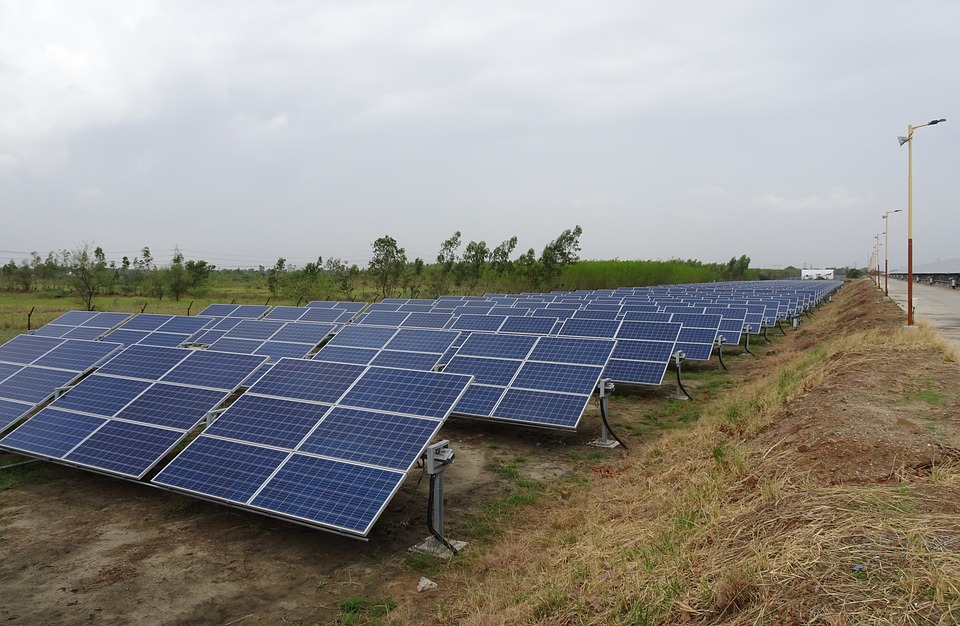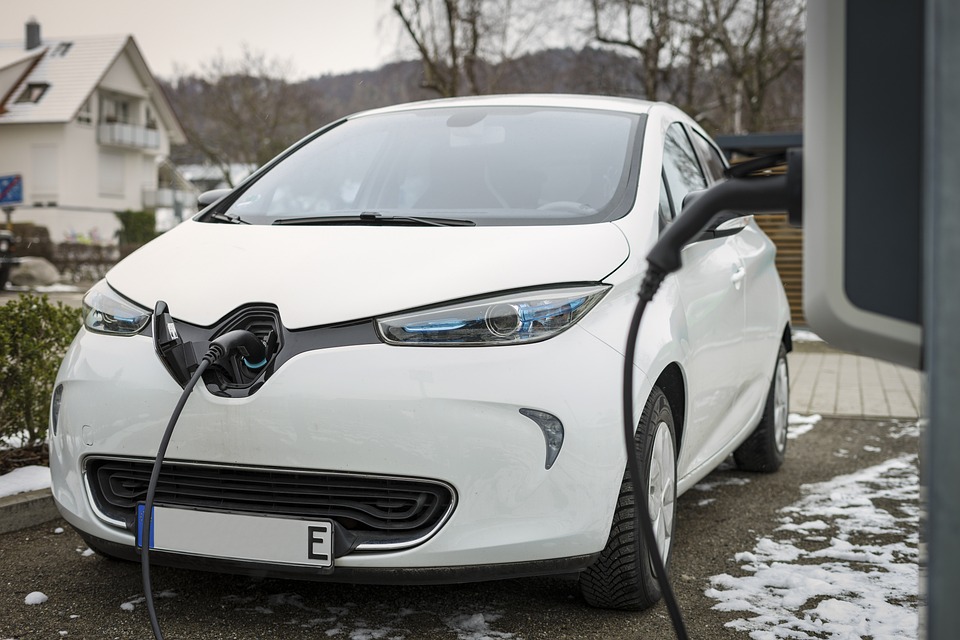[ad_1]
Driving Innovation: How Renewable Energy Policies are Catalyzing Technological Advancements
Introduction
Renewable energy has become an essential component in the fight against climate change and the pursuit of a sustainable future. As governments worldwide are increasingly recognizing the urgency of transitioning to clean energy sources, they have implemented various policies and incentives to accelerate the adoption of renewable energy technologies. These policies not only promote the use of clean power but also play a crucial role in driving innovation by encouraging the development of new technologies and fostering technological advancements in existing ones. In this article, we will explore how renewable energy policies are catalyzing technological advancements and reshaping the energy landscape.
1. Policy-driven Investment in Research and Development
Renewable energy policies often prioritize funding for research and development in clean energy technologies. Governments offer grants, subsidies, and tax credits to incentivize private sector investments in renewable energy, thereby spurring innovation. This funding allows researchers and scientists to explore new concepts, conduct experiments, and improve existing technologies.
For instance, in the United States, the Advanced Research Projects Agency-Energy (ARPA-E) provides funding for high-risk, high-reward projects that can potentially transform the energy sector. ARPA-E has supported various game-changing technologies, such as advanced battery storage systems, offshore wind turbines, and solar photovoltaics, which have significantly contributed to the advancement of renewable energy.
2. Renewable Portfolio Standards (RPS)
Renewable Portfolio Standards (RPS) are policies that require utility companies to obtain a certain percentage of their electricity from renewable sources. By establishing mandatory renewable energy targets, RPS policies create a market demand for clean energy, encouraging investment in renewable technologies.
As a result, companies invest in research and development to improve the efficiency and cost-effectiveness of renewable energy generation. This continuous innovation drives the development of cutting-edge technologies, such as more efficient solar panels, advanced wind turbines, and grid integration solutions. The competitive market created by RPS policies fosters a race to find the most effective and economically viable solutions, resulting in accelerated technological advancements.
3. Feed-in Tariffs (FiTs)
Feed-in Tariffs (FiTs) are policies that guarantee long-term contracts and favorable prices for electricity fed into the grid from renewable energy sources. FiTs provide stability and financial certainty to renewable energy producers, making it an attractive investment opportunity.
By offering guaranteed prices, FiTs enable renewable energy providers to secure financing for new projects, expand their operations, and invest in research and development. This promotes technological advancements by encouraging companies to implement innovative solutions to increase efficiency, reliability, and energy output. For instance, as a result of FiTs, solar photovoltaic technology has experienced remarkable advancements, making it more affordable and accessible.
FAQs:
Q: How do renewable energy policies drive technological advancements?
A: Renewable energy policies provide funding for research and development, incentivize private sector investment, and create market demand through various mechanisms such as Renewable Portfolio Standards (RPS) and Feed-in Tariffs (FiTs). These efforts spur innovation by encouraging the development of new technologies and improving existing ones.
Q: What are some examples of technological advancements driven by renewable energy policies?
A: Renewable energy policies have driven advancements in various technologies, such as advanced battery storage systems, offshore wind turbines, grid integration solutions, and more efficient solar panels. These advancements have significantly contributed to the growth and development of the renewable energy sector.
Q: How do Renewable Portfolio Standards (RPS) foster technological advancements?
A: RPS policies create a market demand for clean energy by requiring utility companies to obtain a certain percentage of their electricity from renewable sources. This demand encourages investment in research and development to improve renewable energy technologies, driving technological advancements in efficiency and cost-effectiveness.
Q: How do Feed-in Tariffs (FiTs) contribute to technological advancements?
A: FiTs provide stability and financial certainty to renewable energy producers, making it an attractive investment opportunity. This allows renewable energy providers to secure financing for new projects, expand their operations, and invest in research and development. FiTs incentivize companies to implement innovative solutions to increase efficiency, reliability, and energy output, driving technological advancements.
Conclusion
Renewable energy policies play a critical role in driving innovation and technological advancements in the energy sector. By providing funding for research and development, incentivizing private sector investments, and creating market demand, these policies catalyze groundbreaking advancements in clean energy technologies. As governments worldwide continue to set ambitious renewable energy targets, we can expect further innovations that will reshape the energy landscape and pave the way for a sustainable future.
[ad_2]



